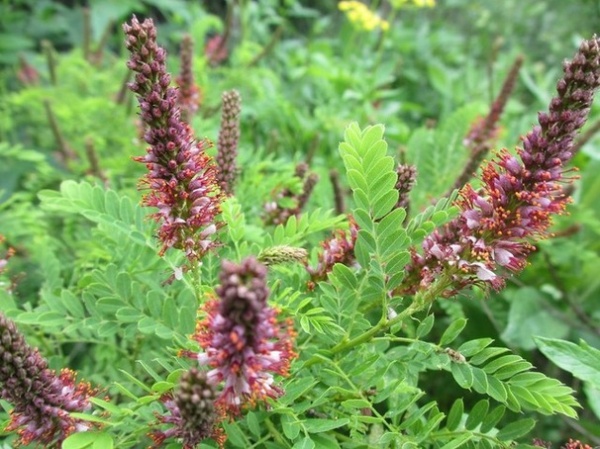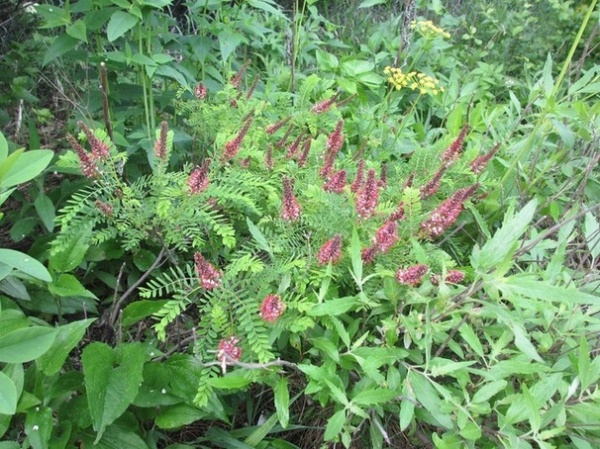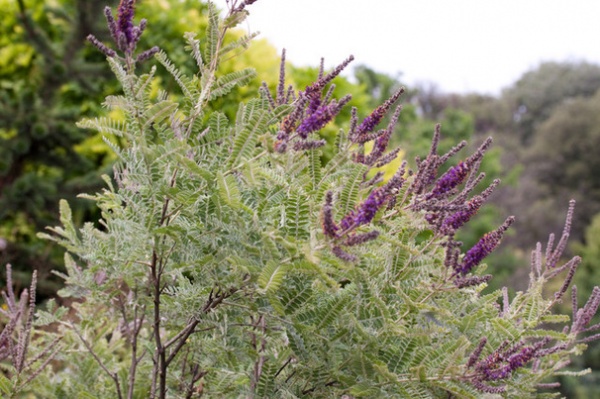Great Design Plant: Amorpha Nana
http://decor-ideas.org 10/09/2015 23:13 Decor Ideas
Dwarf false indigo (Amorpha nana) is native to the mixed-grass and shortgrass regions of the Great Plains. A relative of lead plant (Amorpha canescens), it has a smaller range due to its preference for dry conditions and less competition. Depending on your latitude, it will bloom from May to early July, a time when grasses in the prairie region are just starting to heat up — which helps this stunning bloomer stand out in the crowd.
Amorpha develops a deep taproot during the first few years, so it may not flower right away. When it’s ready to go, stand back and enjoy a stunning flower show with an intoxicating aroma.
Not in the Central Plains? Browse plants native to other regions of the U.S.

Botanical name: Amorpha nana
Common names: Dwarf false indigo, fragrant false indigo
Origin: Native to New Mexico, Colorado and Oklahoma, and north to North Dakota, Minnesota and Iowa
Where it will grow: Hardy to minus 40 degrees Fahrenheit, or minus 40 degrees Celsius (USDA zones 3 to 7; find your zone)
Water requirement: Medium to dry soil; rocky hillsides
Light requirement: Full sun to a bit of shade
Mature size: 2 feet tall and wide
Benefits and tolerances: Drought-tolerant once established
Seasonal interest: Produces fragrant blooms in late spring to early summer; bright green foliage
When to plant: Plant potted or bare-root plants in late spring to late fall; sow seeds in late fall through late winter.

Distinguishing traits. The leaves are bright green in spring, and their pinnate structure, like leaves in the pea family, make the plant a solid choice for textural interest.
Each bloom is a single wrapped petal filled with bright red or orange stamens, which contrast with the petals and foliage. The seedpods are small and glossy green for the remainder of the summer, turning brown toward autumn.
Do not cut this woody perennial down in spring, as it does best on old growth, like a shrub.
How to use it. Given its relatively small size, dwarf false indigo is a candidate for massing and grouping in a medium-size summer-dry or drought-tolerant garden. It could be a front-of-the-border specimen, with its sweet-smelling blooms, or scattered among shortgrasses like little bluestem (Schizachyrium scoparium), sideoats grama (Bouteloua curtipendula) and prairie dropseed (Sporobolus heterolepis). Grasses will also help disguise its naturally woody and leggy bottom — those legs give it unique winter interest.

Planting notes. Well-drained soil is perfect, though a site that is too sandy might cause problems. Clay, clay-loam and somewhat rocky soils work great.
Since it is a legume — it fixes nitrogen and adds fertility to the soil — the seeds need a special treatment. It may be easier to buy bare-root or potted plants, which can be planted at almost any time of year. Be patient, as it takes a few years to establish its root system to give you a long-lived plant full of superb late-spring flowers.
Photo by Denis.prévôt
More
5 Prairie Wildflowers That Can Heal Your Soil
Browse plants native to other regions of the U.S.
Related Articles Recommended












